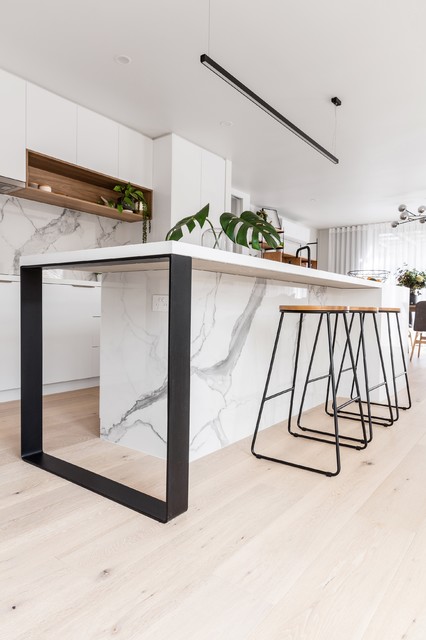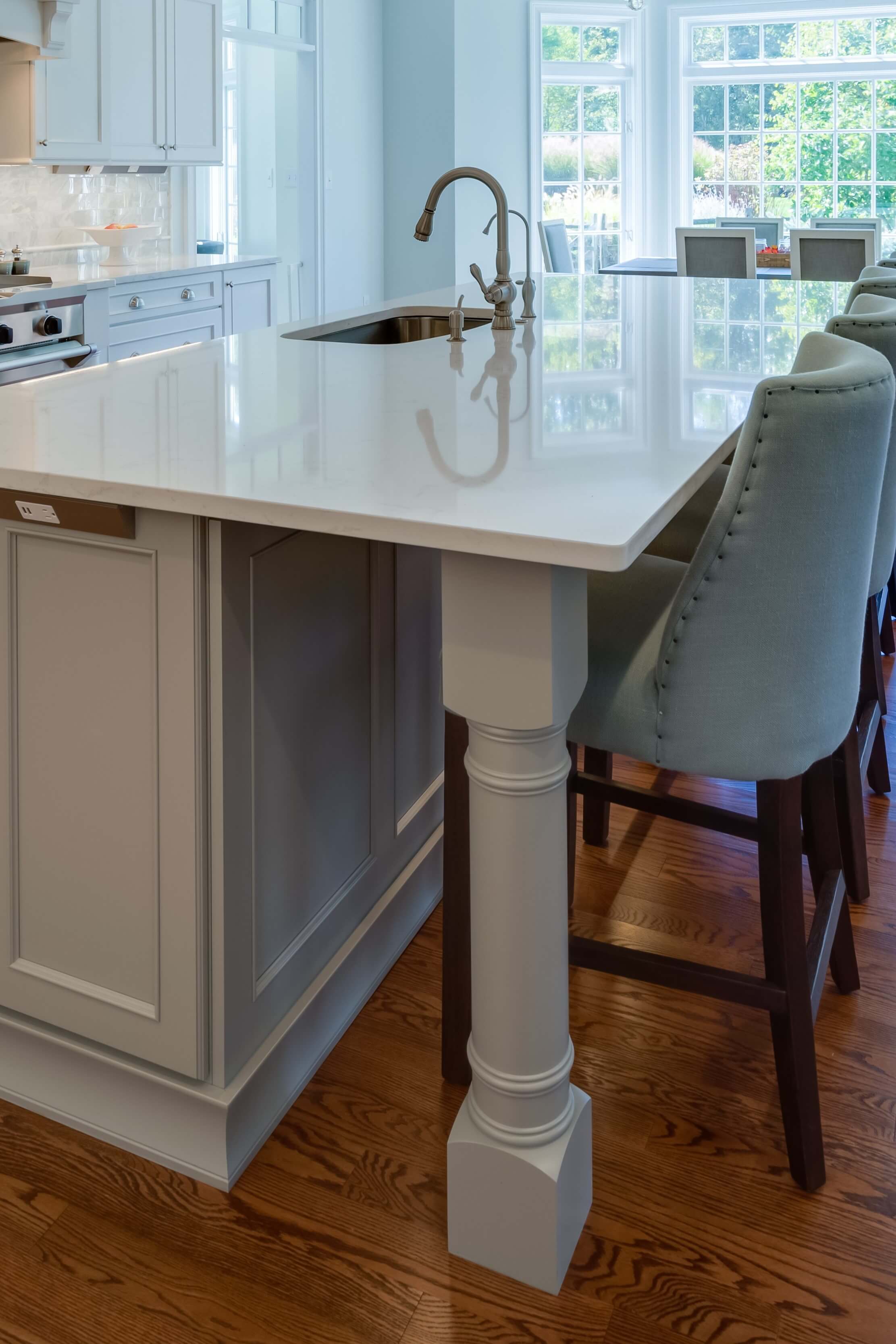The Most Effective Kitchen Island Leg Options for Modern and Standard Kitchens
The Most Effective Kitchen Island Leg Options for Modern and Standard Kitchens
Blog Article
The Significance of a Sturdy Kitchen Area Island Leg in Creating a Useful Cooking Location
A sturdy kitchen island leg serves as a fundamental part in establishing a functional cooking atmosphere, supplying essential support for both the kitchen counter and various kitchen area tasks. The security it supplies can substantially decrease the danger of mishaps in high-traffic locations, while additionally adding to the total aesthetic coherence of the space. As kitchens evolve into multifunctional areas for cooking, dining, and mingling, the choice of materials and layout factors to consider for island legs ends up being increasingly crucial. Understanding these aspects can transform your cooking area right into a safer and much more efficient location, triggering further exploration into the very best options offered.
Benefits of Sturdy Island Legs
Giving essential support, tough kitchen area island legs play a critical duty in boosting the capability and sturdiness of kitchen islands - kitchen island leg. These legs not just bear the weight of the kitchen counter and any type of added products put on the island, but also add to the general stability of the structure. A well-supported kitchen island guarantees that it continues to be useful and upright, even under heavy usage, which is specifically crucial in busy kitchen settings
In addition, sturdy island legs can improve the aesthetic allure of the kitchen. They supply a solid framework that can match numerous design styles, from modern to traditional. This versatility enables home owners to customize their kitchen area islands according to individual preference while guaranteeing that the architectural honesty remains uncompromised.
In enhancement to their helpful function, robust kitchen island legs can additionally boost security. Eventually, investing in sturdy kitchen island legs is vital for a functional and aesthetically pleasing cooking location.
Materials for Kitchen Island Legs
When choosing materials for kitchen area island legs, toughness and visual allure are vital elements to consider,. The most typical products consist of hardwood, steel, and engineered timber, each offering one-of-a-kind advantages.
Hardwood, such as oak, maple, or cherry, is a timeless option due to its stamina and ageless beauty (kitchen island leg). It can hold up against significant weight and is immune to wear, making it suitable for high-use kitchen area environments. Furthermore, hardwood can be discolored or repainted to match numerous cooking area styles
Steel legs, often crafted from stainless-steel or wrought iron, supply a industrial and contemporary appearance. They are exceptionally strong and can sustain considerable lots while being resistant to moisture and warm, which is beneficial in a cooking location. Steel legs can additionally be easily cleaned up, boosting their functionality.

Design Considerations for Security
The choice of products for kitchen island legs straight affects the design factors to consider for security. When developing a kitchen area island, it is critical to review the weight-bearing ability of the chosen materials. Larger materials, such as solid wood or steel, generally offer higher security, especially under the tension of day-to-day usage.
Additionally, the leg design have to integrate correct geometry to boost stability. A broader base enhances the assistance location, lessening the threat of wobbling or tipping. Factor to consider must additionally be offered to the height of the legs; out of proportion leg lengths can cause imbalance, compromising the general stability of the island.
Additionally, the circulation of weight throughout the island is critical. Ensuring that the leg placement aligns with the heaviest elements, such as appliances and kitchen counters, will certainly even more enhance security.
Maintenance Tips for Durability

Depending on the product of the legs-- whether timber, metal, or composite-- suitable cleansing approaches must be used. Metal legs might need a light gloss to protect against corrosion and keep their luster.
Furthermore, tightening screws and screws regularly can ensure stability and stop wobbling. Consider strengthening the legs with extra brackets or sustains to improve sturdiness if the kitchen area island experiences heavy usage. Last but not least, applying a protective surface or sealant can guard against dampness and spots, extending the life expectancy of the legs. By adhering to these maintenance ideas, house owners can ensure their kitchen island legs stay practical and robust for years to come.
Selecting the Right Leg Design
Normal maintenance guarantees that kitchen area island legs stay practical and tough, however picking the appropriate leg style is similarly vital for both aesthetic appeals and assistance. The choice of leg style can dramatically influence the total layout read this article and harmony of your cooking discover this info here area.

Functionality is one more important facet. For example, thicker legs or those with a sturdy base can support much heavier countertops and equipment, enhancing the island's utility. On the other hand, slender legs might develop an airy appearance, suitable for lighter layouts but potentially much less helpful.
Final Thought
In summary, the value of durable kitchen area island legs can not be overemphasized in the development of a functional cooking area. These legs offer important support, enhance stability, and add to the general visual of the kitchen.
A sturdy cooking area island leg offers as a basic part in developing a practical cooking atmosphere, offering needed support for both the countertop and different kitchen tasks.Giving crucial support, strong kitchen island legs play an essential role in improving the functionality and longevity of cooking area islands. Eventually, spending in tough cooking area island legs is crucial for a functional and visually pleasing cooking area.
Factor to consider should additionally be given to the elevation of the legs; out of proportion leg sizes can lead to imbalance, endangering the overall stability of the island.
Wood legs give warmth and a traditional appearance, while metal legs offer a modern-day and industrial feel.
Report this page